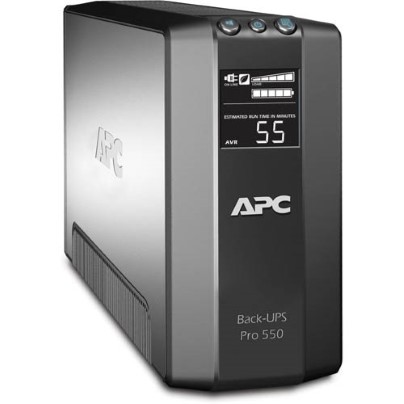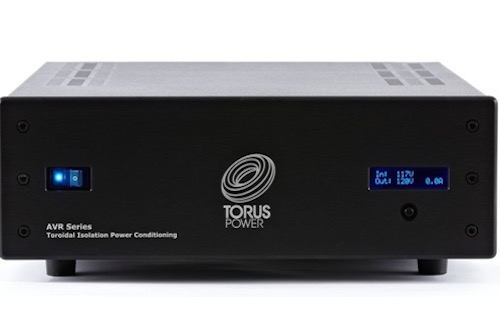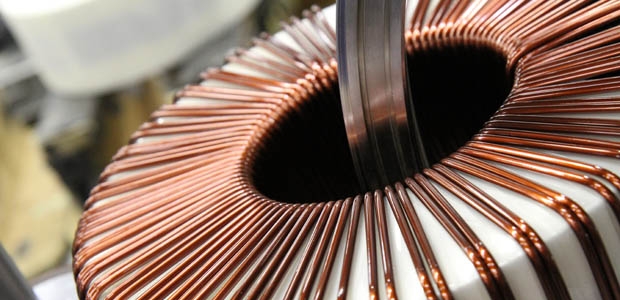 by David Susilo
by David Susilo
WiFi HiFi Magazine
It is easy to forget that the AC power coming out of your wall outlet is unimaginably “dirty.” Ideally, the AC power should look like a perfectly smooth sine wave. In reality, the AC can be corrupted with noise and distortion.
“Dirty” AC power looks pretty jagged and ugly on an oscilloscope, and in many cases, turns nearly into a square wave. This noise can easily be heard as buzz and hum, which results in graininess and a general smearing in the music. That’s especially so in Immersive Audio (a Dolby Atmos or DTS:X surround setup), or can be seen as added grain and lack of detail of the video image.
How can these AC power corruptions be dealt with in order to achieve optimum audio/video system performance?
First and foremost: separate your AV system from the rest of your house by using a separate circuit for the AV equipment. Fluorescent lights and lamp dimmers can be very noisy to the point of causing a very audible buzz through an audio system. I do this for home theatre, and it cost me about $400 in parts and labour of a certified electrician to do the work.
Second, but mostly ignored, is AC power conditioning. This is such a complex and misunderstood subject that I’m including some of the more important points below.
Currently in common use, and the cheapest, is Pure Passive regulation. A pure passive power conditioning design is an implementation of various types of passive noise filtering, like inductors and capacitors of varying quality and size. The best of this type of conditioning will have independent filtering for each outlet, with the filtering covering a broad band of frequencies. The very best of this type will also pay particular attention to having very low DC resistance from input to output, ensuring full peak power delivery. This is particularly important for preserving system dynamics.
However, most of these systems are not properly designed, resulting in a loss of sonic dynamics. This occurs due to the fact that amplifiers draw far higher currents at dynamic peaks than the average value. DC resistance in the power circuit will cause a voltage drop, compressing this peak power draw leading directly to compression of sonic dynamics. I use this method to clean my home theatre’s electricity further by using Furman power filters (not to be confused with the cheapie power bars).
Alternatively, there is an active system that will be either partial correction/replacement, or full regeneration of the AC power using batteries such as uninterruptable power supply from APC or TrippLite. Some work very well for low-power type front-end equipment (such as a CD or Blu-ray players). However, active regulation will always limit dynamics and current delivery when used with power amps. Active regulation can also introduce other problems into the regenerated/regulated power, including reduced peak power delivery and broadband noise. I also use this method for my projector, as it needs enough time to shut itself off during a power failure in the middle of a viewing session. The battery back up usually lasts around 2-3 years, and I’ve been using both TrippLite and APC, depending which one happens to be on sale at the time of replacement. (Replacing the battery costs more, around $200, than replacing the entire unit, which costs in the neighbourhood of $150).
The third approach is Isolation. The isolation of AC power input from the output is always implemented with a transformer. By nature, transformers inherently “separate” the incoming AC going into the primary winding from the outgoing AC from the secondary winding with no direct DC connection. Isolation transformers will be one of many differing types, from a simple standard EI core design or to a more complex balanced power toroidal type. Input/output (I/O) isolation can also be implemented with a magnetic amplifier type transformer used as a ferro-resonant regulator/isolator. All ferro-resonant-type transformer units of necessity must be big and heavy to allow full system dynamics and power delivery. Ferro-resonant units can be, and most are, mechanically very noisy, giving off a power line frequency noise/buzz requiring installation in a remote location. Larger units may also require a dedicated AC line.
the output is always implemented with a transformer. By nature, transformers inherently “separate” the incoming AC going into the primary winding from the outgoing AC from the secondary winding with no direct DC connection. Isolation transformers will be one of many differing types, from a simple standard EI core design or to a more complex balanced power toroidal type. Input/output (I/O) isolation can also be implemented with a magnetic amplifier type transformer used as a ferro-resonant regulator/isolator. All ferro-resonant-type transformer units of necessity must be big and heavy to allow full system dynamics and power delivery. Ferro-resonant units can be, and most are, mechanically very noisy, giving off a power line frequency noise/buzz requiring installation in a remote location. Larger units may also require a dedicated AC line.
Further, balanced power isolation can be very effective in reducing power-line frequency noise if it is compatible with all the equipment being powered. This balanced power is implemented by splitting the AC voltage into equal but opposite phase voltages that are balanced from ground. This can prevent corruption of the ground as the noise will also be equal, but opposite, and thus cancelled out.
The third approach of power filtration (balanced isolation using toroidal transformer, such as the one used in my Torus Power AVR15+) is the approach that is used by hospitals, military, and laboratories around the world since it is the best way of cleaning the AC power.
Too many people do not understand and/or discredit the use of power conditioning in high-end audio and/or home theatre system. This is understandable due to some of the bad effects that come along with many power conditioning products (usually the cheaper kinds). One must understand, however, the fact that all of our electronics are simply modulators of AC power. Transforming this AC power into useful forms doesn’t change this basic fact, and the end result can only be as good as the power with which we start. Thus, the need for a properly designed power conditioning product that does no harm.
Bottom line: before you start changing your power cables with higher quality ones in the hopes of getting a better audio and video experience, clean the power itself first. Trust me, you need it.
 Publisher Name: wifihifi Magazine
Publisher Name: wifihifi Magazine